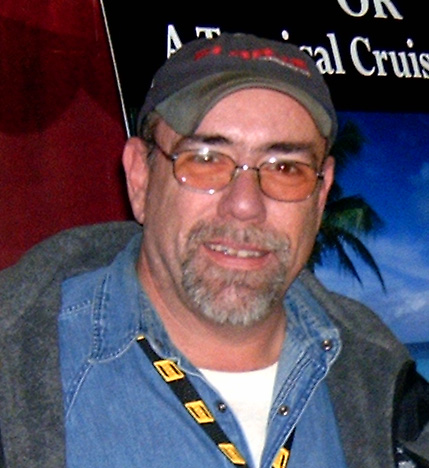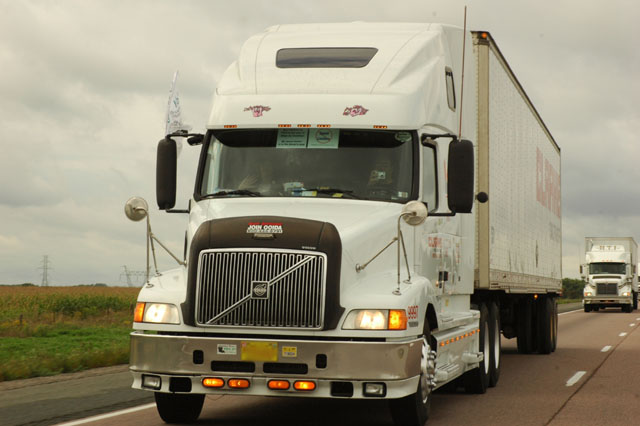


Ever since NAFTA has been signed, our American neighbours have tried to stall the outpour of Mexican domiciled trucks out of the buffer zone of 20 miles. The ones of us that do go in that zone have seen the type of trucks the Mexican carriers are using. Anything that American carriers can’t sell on the American or Canadian markets is shipped there. If you want to see old orange C.O.E’s that were on the Schneider fleet, just drive to
Mexican carriers must meet all safety and compliance rules, just like we do us Canadians, to gain access out of the buffer zone. Currently for us, that zone is 2500Km away from our border and accordingly to my sources, nothing is there to stop them to get on our roads once they gain access to the
The pilot project of USDOT and FMCSA includes 100 Mexican based carriers but, no limits on the number of units of each fleet should start in less then 60 days. Many opposing groups such as Teamsters, OOIDA and the Public Citizen Group have joined forces. At Transport
These standards are the same for us and include, drug testing, valid insurance tags, trucks that are compliant with all laws and regulations from the CVSA point. This is not what Jim Hoffa International President of Teamsters declared in a Congressional Hearing.
“There will be no meeting of those requirements,” he said. “I am convinced that neither the
Just a few American carriers did ask for a permit to run south of the border. I don’t want to speculate but, we know a few names. Some other points are tickling our
What we, as Canadians, have to worry about more, I think, is all the economics of that opening. The large manufacturers that are already exporting to
I was reading a few months ago in a trade publication that soon Canadian trucks are going to be made in
I ask the CEO’s of the large Canadian carriers and their associations to join in with the small business truckers associations to lobby the governments to stop that insanity. Putting new rules and regulations is not the way to level the paying field for us.




